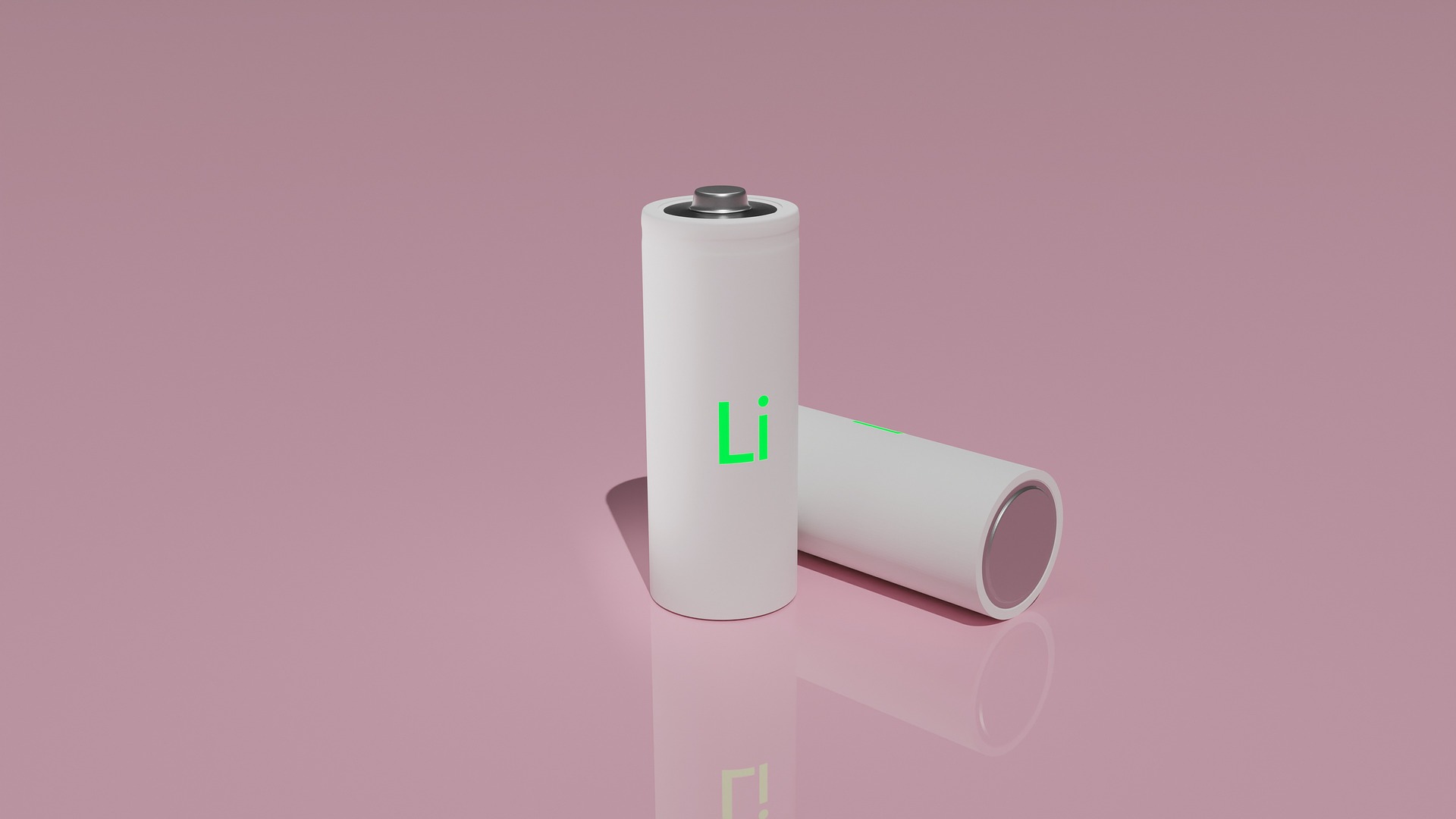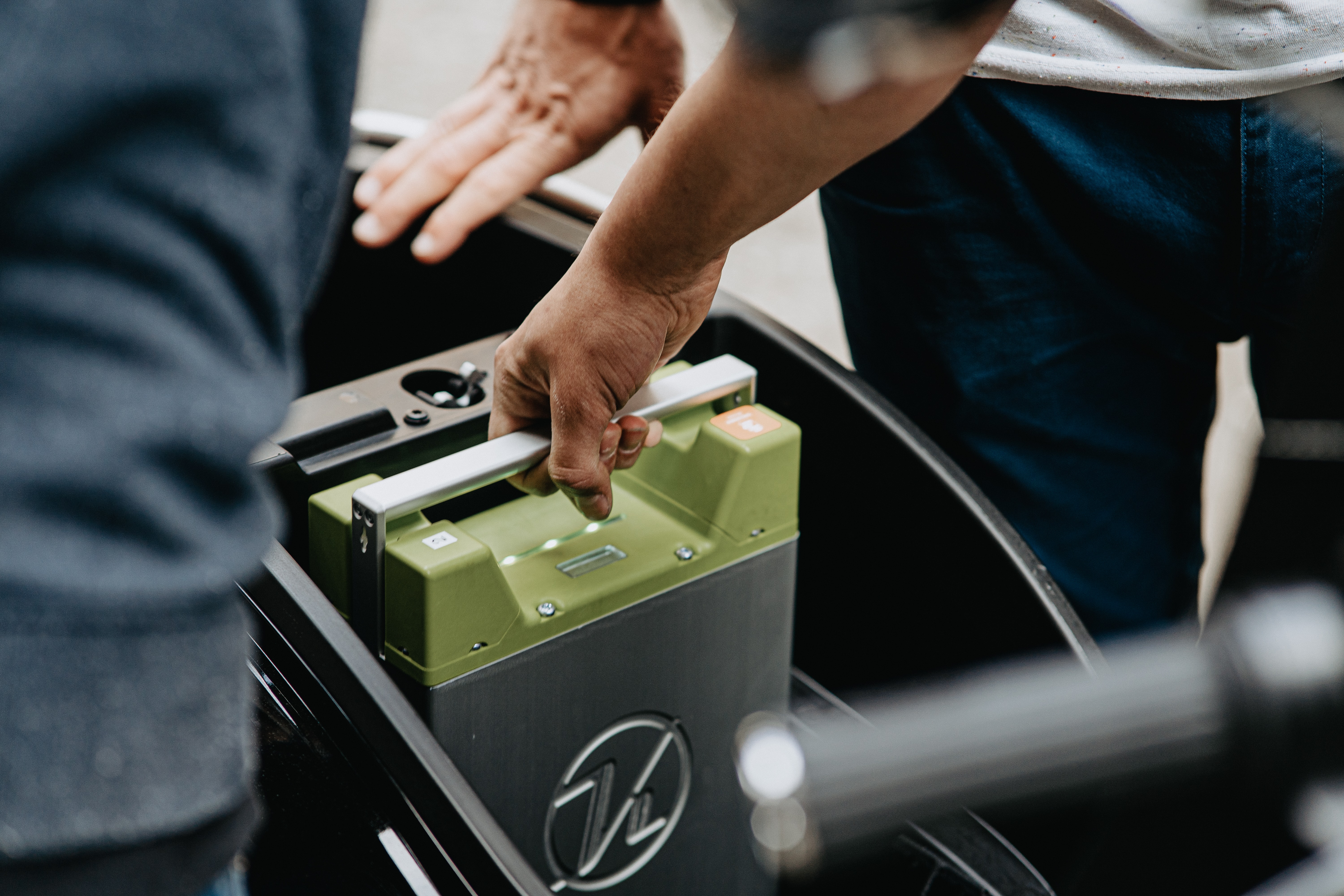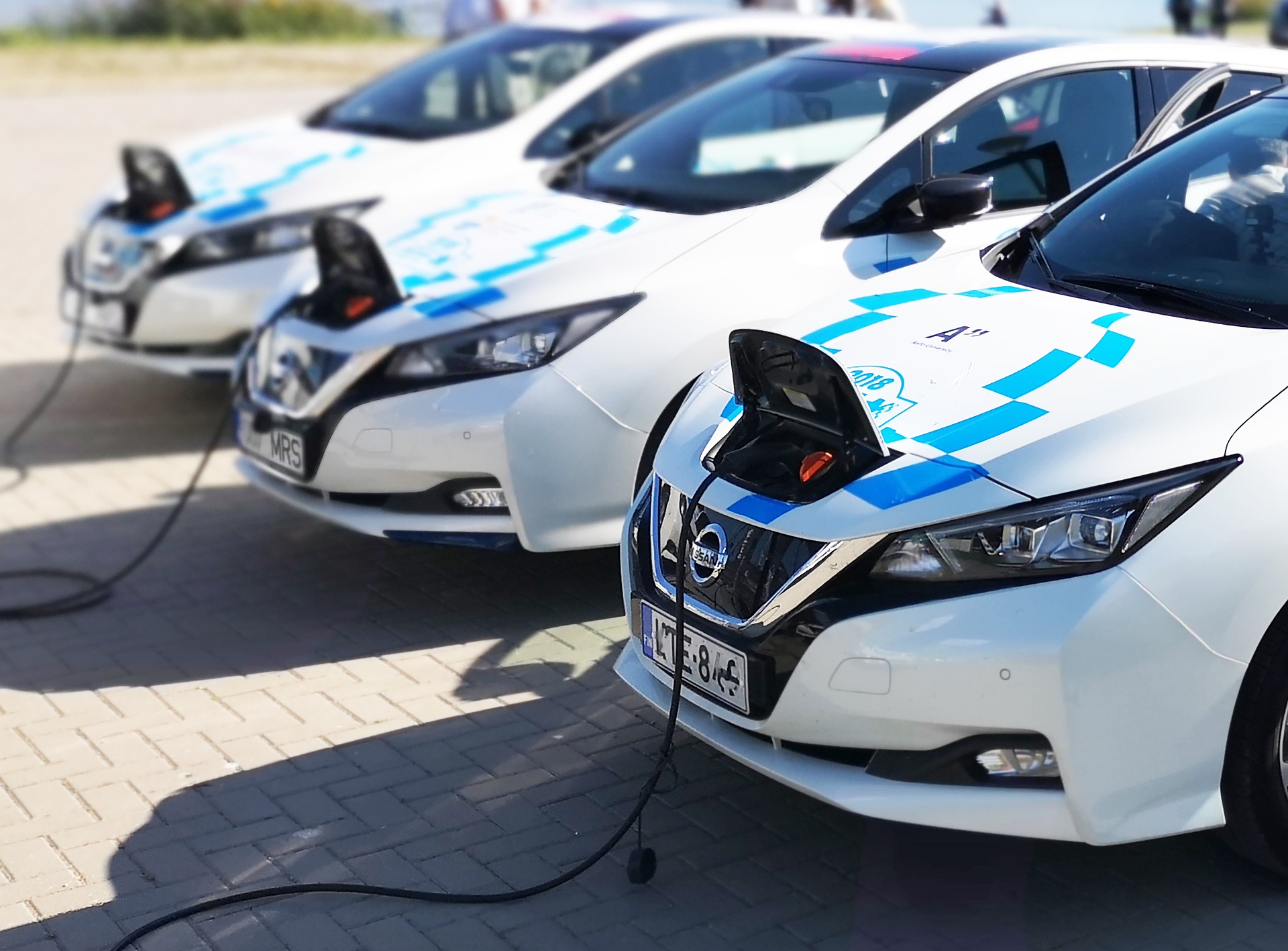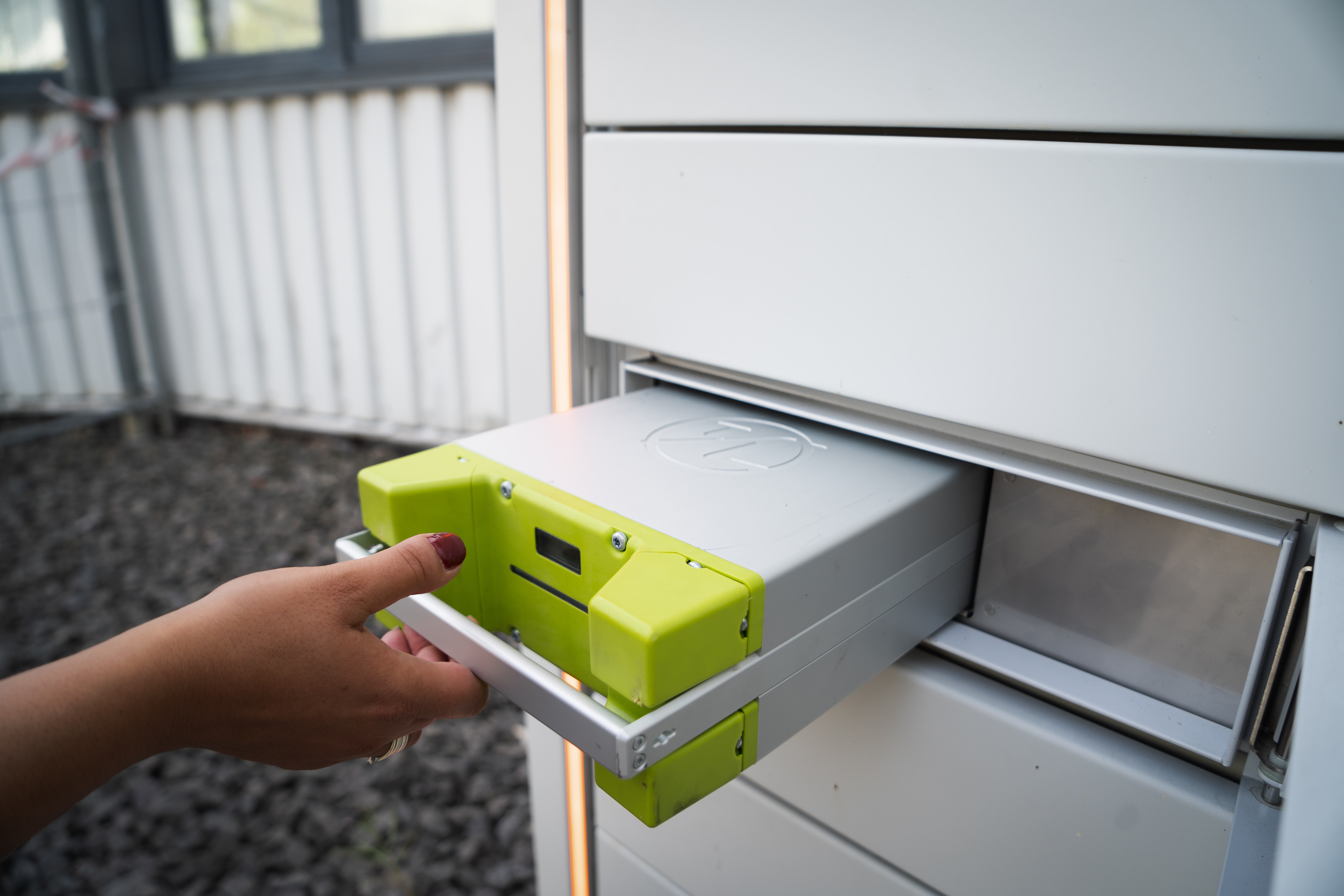
With current generations of lithium-ion batteries approaching their performance limits, innovators have begun to develop new methods of cathode synthesis that have the potential to transform Li-ion battery performance and capabilities.
Today we’ll dive into these new methods of cathode synthesis by discussing current synthesis techniques, the companies currently at the forefront of innovation when it comes to pioneering and commercializing cathode material synthesis technologies, and what a path toward streamlined yields and lower manufacturing costs with this technology could look like in the near future for the industry.
Current Synthesis Techniques
The ability to improve cathode synthesis techniques is something that has the potential to completely revolutionize the way lithium-ion batteries are manufactured, reducing costs and streamlining yields.
With current cathode synthesis techniques, the process is costly, slow, and requires specialized equipment in order to make it happen. Synthesis today requires very high temperatures maintained over relatively long time periods on the scale of days. These processes also consume reagents and water at large volumes, resulting in detrimental environmental impacts as well as very high manufacturing costs.
One of the best improvements that can be made without significantly altering the entire manufacturing process is a shift toward new methods of cathode synthesis.
Companies Pioneering and Commercializing Cathode Material Synthesis
In order to commercialize new ways of synthesizing cathode materials, several companies and startups are currently working on innovating in the space and improving these processes for everyone going forward. 6K Energy and Nano One Materials are two such companies that are dedicated to providing new and innovative cathode material synthesis methods to the marketplace.
A Path Toward Streamlined Yields and Lower Manufacturing Costs
As innovators continue to work towards new and improved cathode material synthesis techniques, we’ll begin to see streamlined yields, reduced manufacturing costs, and improved throughputs over time.
With an increasing focus on environmental impacts, these improvements will allow for greater manufacturing capacities without risking negatively impacting the environment, especially for manufacturers and businesses who mass-produce these products as a part of their primary business models.
The Future of Cathode Synthesis
While hitting the performance limits of standard lithium-ion batteries may be just around the corner, the potential for improving these batteries is only growing with every coming day. By implementing new methods of cathode synthesis to lower manufacturing costs, streamline yields, and increase throughput, battery manufacturers and companies in the space will be able to allocate even more resources toward Li-ion battery improvement and battery testing with the potential savings these synthesis methods can provide.
Furthermore, there is potential for considerable positive environmental impacts with these new synthesis technologies, helping businesses all over the world transform their battery manufacturing processes and synthesis methods into ones that are more friendly to the environment as a whole.
To learn more about how new methods of cathode synthesis can improve the performance of Li-ion batteries, schedule a consultation with Energy Assurance today.






